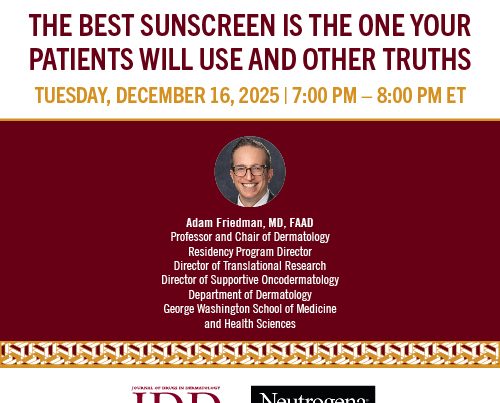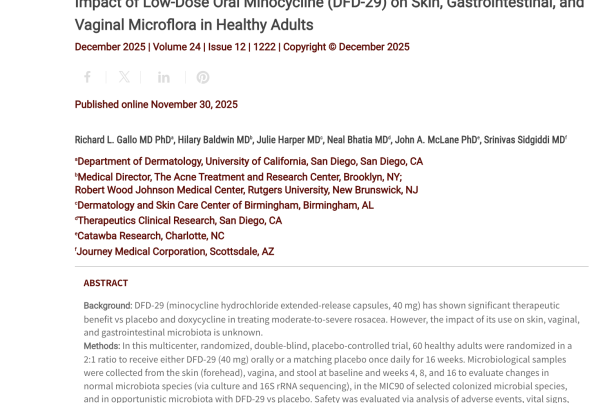Featured Article

Colloidal oat extracts exhibit anti-inflammatory activities, which may provide the mechanisms for observed dermatological benefits when using the colloidal oatmeal in skin protectant lotion.
"How to Get Rid of Dry Skin"
Insider.com‘s recent feature, “How to Get Rid of Dry Skin,” cites JDD research on oatmeal’s efficacy in combating dry, irritated skin ( “Anti-inflammatory Activities of Colloidal Oatmeal (Avena Sativa) Contribute to the Effectiveness of Oats in Treatment of Itch Associated With Dry, Irritated Skin” )
A 2015 study published in the Journal of Drugs in Dermatology showed that colloidal oatmeal (which is essentially oats that have been finely ground down) is effective at reducing skin dryness, roughness, and itchiness. This is because oatmeal helps repair the skin barrier, is anti inflammatory, and has antioxidant properties […].
Moreover, colloidal oat extracts exhibit anti-inflammatory activities, which may provide the mechanisms for observed dermatological benefits when using the colloidal oatmeal in skin protectant lotion.
Topical Applications of Oatmeal
Discover more research on oatmeal’s anti-inflammatory, anti-oxidant properties and applications in a variety of skin conditions.
You May Also Like









